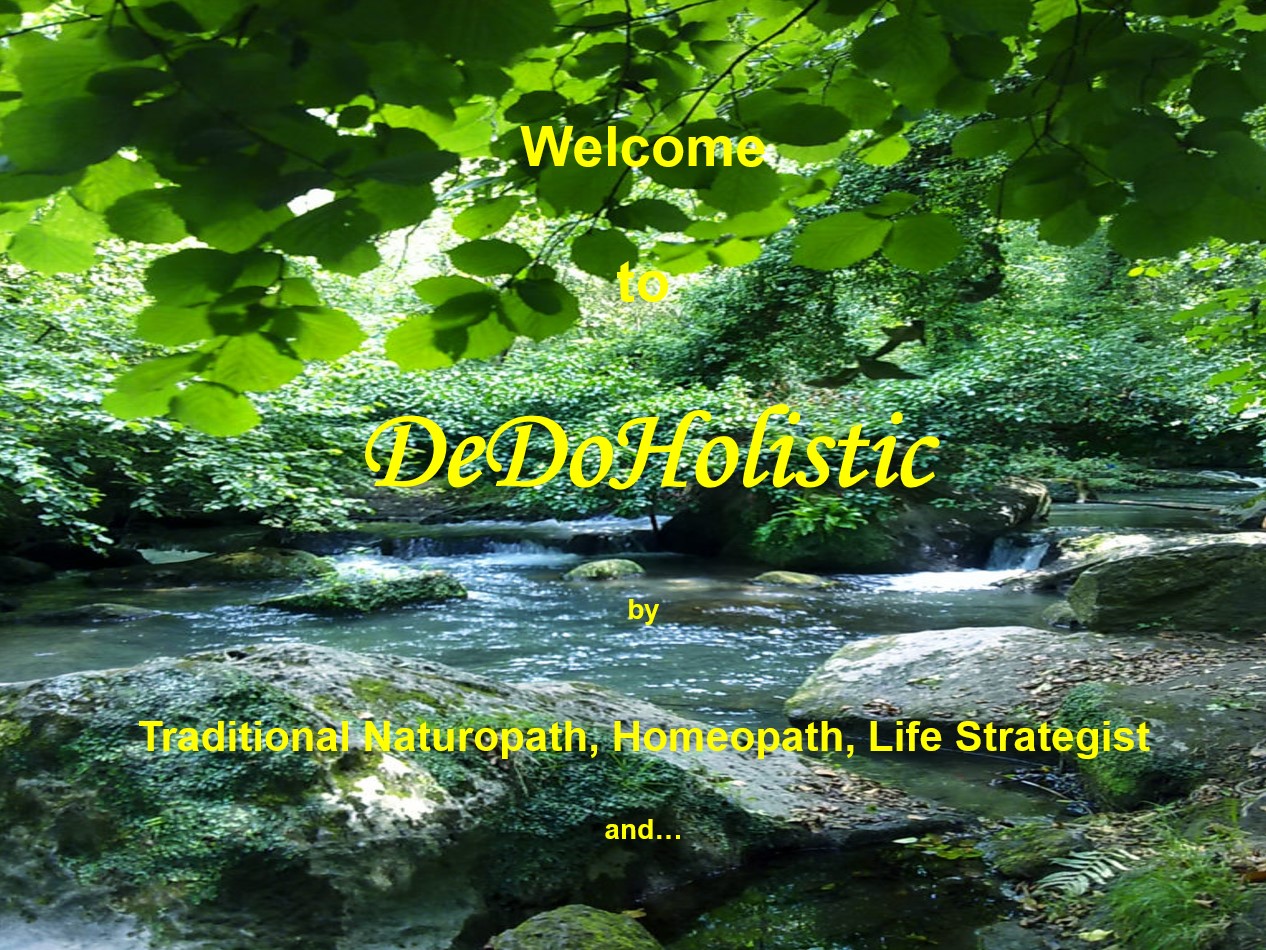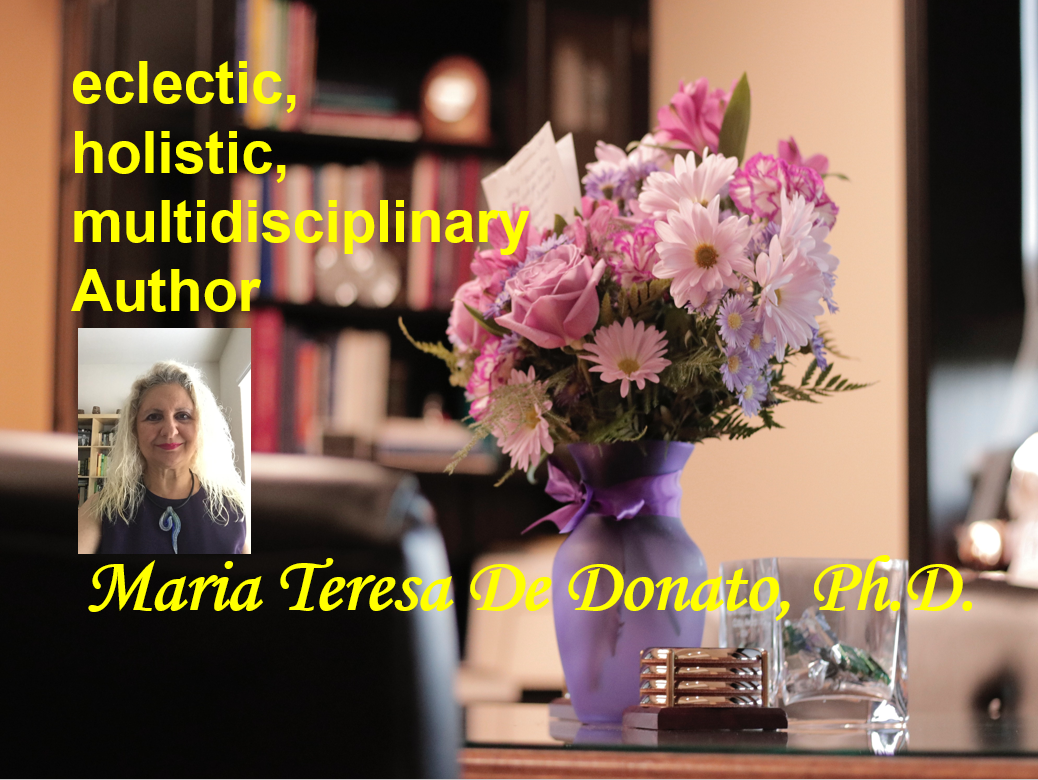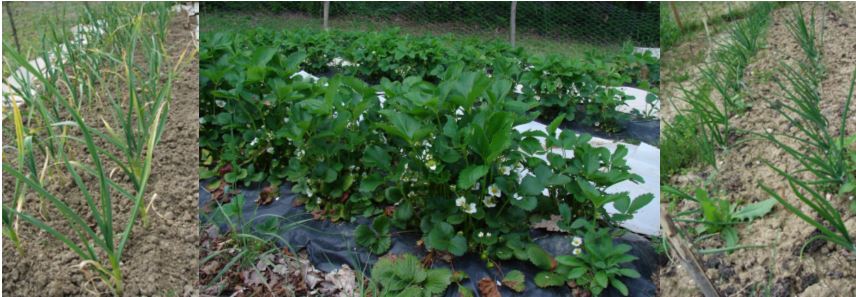Connecting with our environment, feeling in harmony with it, correcting physical and energetic disturbances to people and space, and using natural, eco-friendly, non-toxic materials and products are a must to preserve and/or restore our well-being and, consequently, our mind-body-spirit health. To accomplish this, however, we need to be environmentally conscious and aware of some fundamental areas, each of which, by approaching health from a holistic perspective may, in the long run, highly contribute to our overall state of health and wellness.
Baubiologie. The first one of the areas we are referring to is the so-called “Baubiologie”, or Building Biology, a relatively new term that originated in Germany, which relates to the building/construction science and focuses on all possible substances able to act as irritants and which may be present or develop in all indoor living environments. This science is based on the assumption that environments such as residential, commercial, and public buildings can and do affect the health of those occupying them by producing either a relaxing or a stressful atmosphere, and, consequently, healthy or unhealthy conditions. Hence, according to the Building Biology analyzing
§ Construction materials and processes
§ Electromagnetic fields (EMFs)
§ Radiation (EMR) and
§ Indoor air quality (IAQ)
is fundamental in determining the state of health, or the lack of it, of our environment. The Institut für Baubiologie und Nachhaltigkeit (IBN) (Institute for Building Biology and Sustainability) in Neubeuern (Germany), has identified the following 25 Principles which should regulate the decision-making process of Building Biologists:
1. Building site without natural and human-made disturbances
2.. Residential homes away from sources of emissions and noise
3. Low-density housing with sufficient green space
4. Personalized, natural, human- and family-oriented housing and settlements
5. Building without causing social burdens
6. Natural and unadulterated building materials
7. Natural regulation of indoor air humidity through humidity-buffering materials
8. Low total moisture content of a new building that dries out quickly
9. Well-balanced ratio between thermal insulation and heat retention
10. Optimal air and surface temperatures
11. Good indoor air quality through natural ventilation
12. Heating system based on radiant heat
13. Natural conditions of light, lighting, and color
14. Changing the natural balance of background radiation as little as possible
15. Without human-made electromagnetic and radiofrequency radiation exposure
16. Building materials with low radioactivity levels
17. Human-oriented noise and vibration protection
18. With a pleasant or neutral smell and without outgassing toxins
19. Reduction of fungi, bacteria, dust, and allergens as low as possible
20. Best possible drinking water quality
21. Causing no environmental problems
22. Minimizing energy consumption and utilizing as much renewable energy as possible
23. Building materials preferably from the local region without promoting the exploitation of scarce and hazardous resources
24. Application of physiological and ergonomic findings to interior and furniture design
25. Consideration of harmonic measures, proportions, and shape
Secondly, though still object of ongoing research and public debate, the impact, and potentially negative effect on our health of Electro Magnetic Fields (EMFs), Radio Frequency Fields (Rfs), Microwave Radiation, due to their increased presence in our modern society as a consequence of the continuous development and growth of high tech electrical and electronic appliances and devices, have raised legitimate concerns in the general public. With the term Geopathologie, we refer, therefore, to “the study of disease in relation to regions, climates, and other environmental influences” (Online Medical Dictionary of Medical Terms). No need to say, consequently, that we are all encouraged to maintain a watchful eye and exercise caution in terms of personal choices especially when it comes to the environment we live or work in.
When we speak about Environmental Health we also need to mention Permaculture and Sustainability. The term Permaculture was first used by Australians Bill Mollison and David Holmgren in 1978 to indicate not only a “permanent agriculture” but a “permanent culture” as well. Since its start, therefore, Permaculture was intended as “a philosophy of working with, rather than against nature; of protracted and thoughtful observation rather than protracted and thoughtless labor; and of looking at plants and animals in all their functions, rather than treating any area as a single-product system.” (Bill Mollison).
That said, Permaculture is a branch of ecological design, ecological engineering, and environmental design which develops sustainable architectural and self-maintained agricultural systems modeled from natural ecosystems. Focused on
§ Care of the earth
§ Care of people
§ Return of surplus
and characterized by 12 design principles this discipline embraces Nature’s life cycles and patterns. For more detailed information and explanation, please keep reading Wikipedia – The Free Encyclopedia under “Permaculture” or click the link below:
http://en.wikipedia.org/wiki/Permaculture
Figure 1: Organic Vegetable Garden
Sustainability refers to the ability to endure, to be productive over time. Healthy ecosystems and environments, environmental science, and conservation biology, along with ecological economics — the latter including cultural, health-related, and monetary-financial aspects — are all included and taken into account through Sustainability.
Consequently, concepts such as
§ eco-villages
§ eco-municipalities
§ sustainable cities and/or communities
§ permaculture
§ green building
§ sustainable agriculture
§ sustainable architecture
§ green technologies
§ renewable energy
§ healthier and greener lifestyles
all of which aiming at preserving natural resources while limiting consumerism and human impact on Nature are different, yet complementary aspects of what sustainability implies.
For more detailed information and explanation, please keep reading Wikipedia – The Free Encyclopedia under “Permaculture” or click the link below:
http://en.wikipedia.org/wiki/Sustanability
Figure 2: Thatched House Building
(Figure 1 and 2: N. Roberto©2011-2016. All Rights Reserved)
(Reference for both “Permaculture” and “Sustainability: Wikipedia – The Free Encyclopedia, June 24, 2013, as determined by the Creative Commons Attribution-ShareAlike License)



